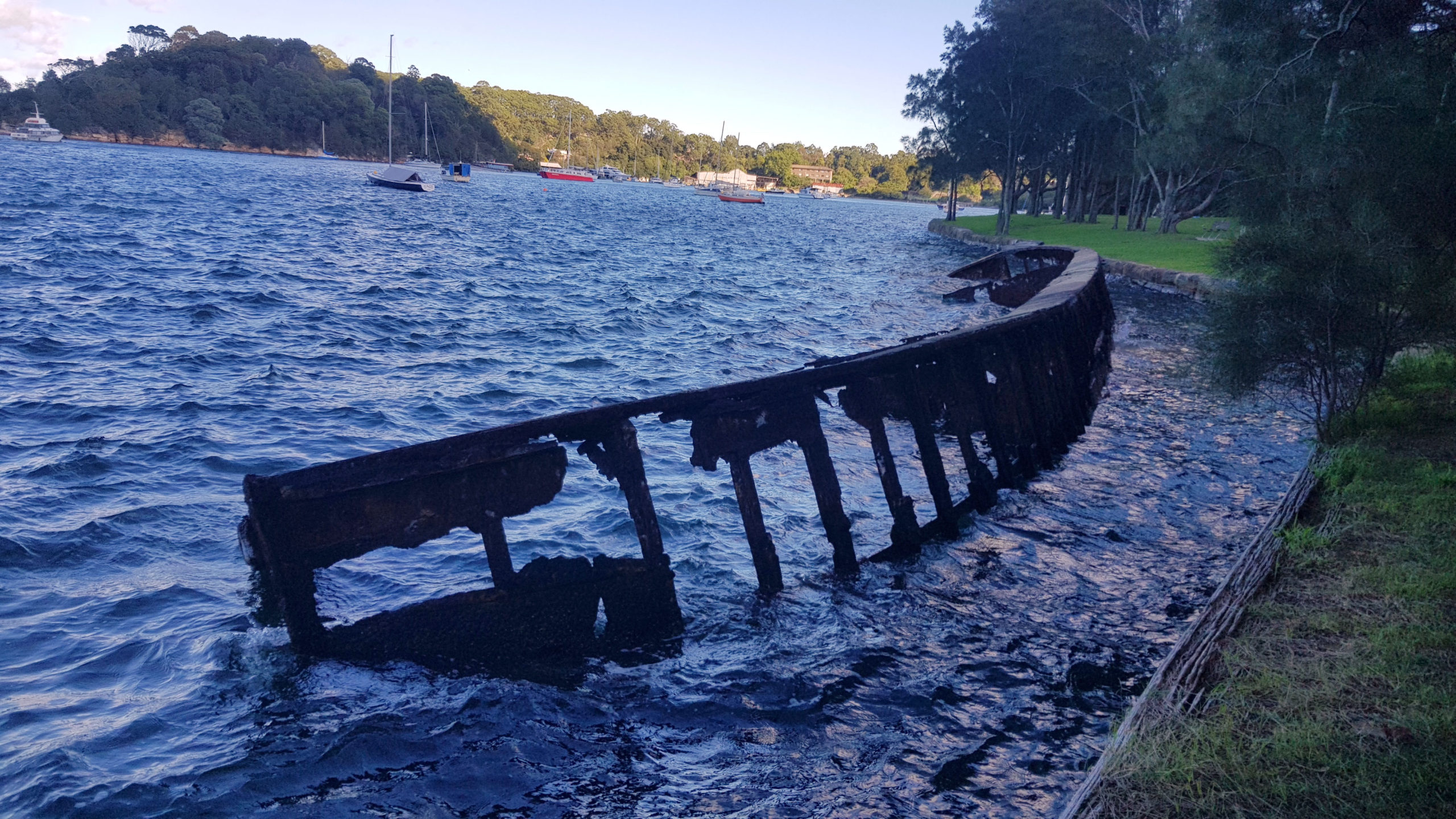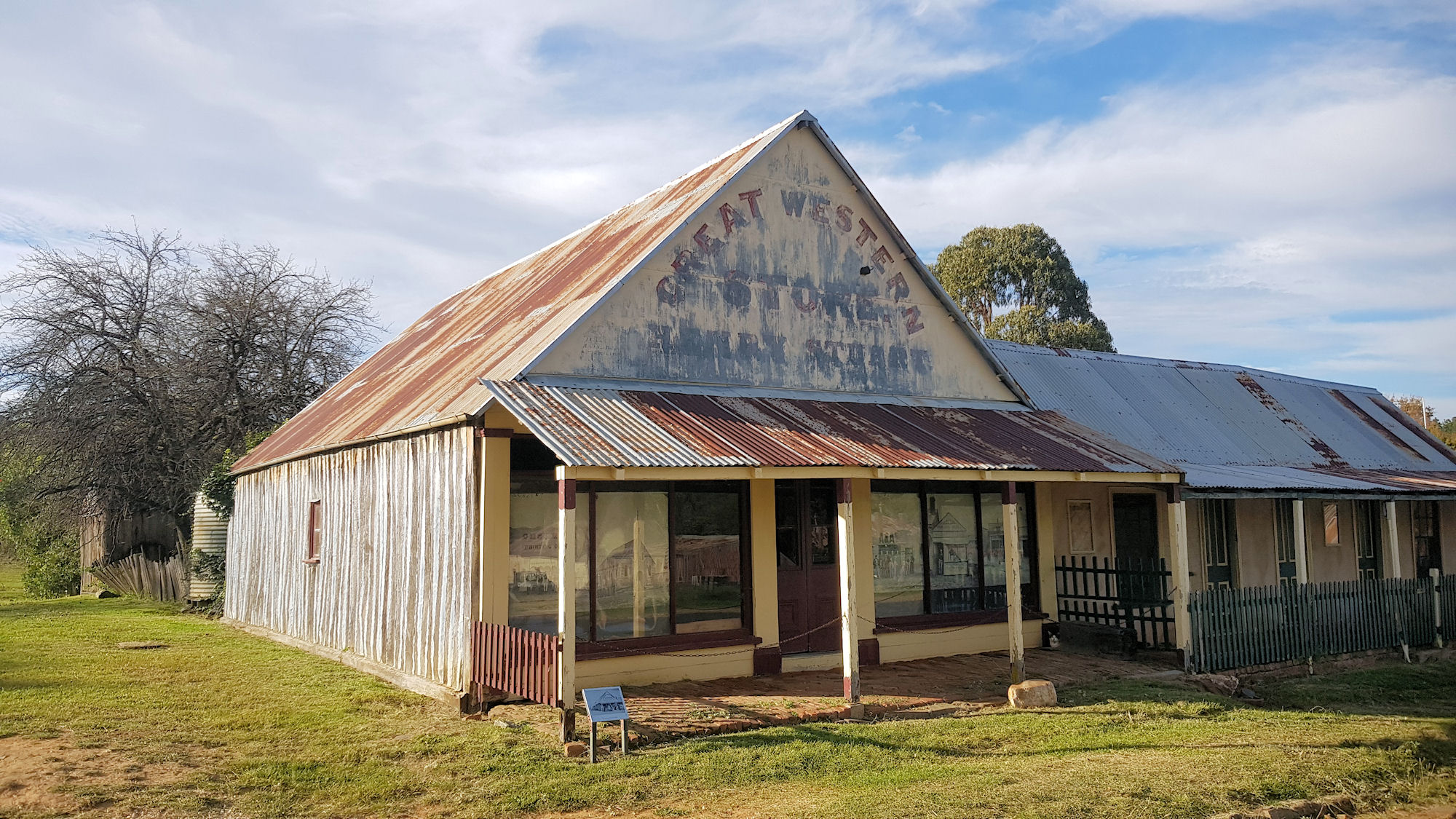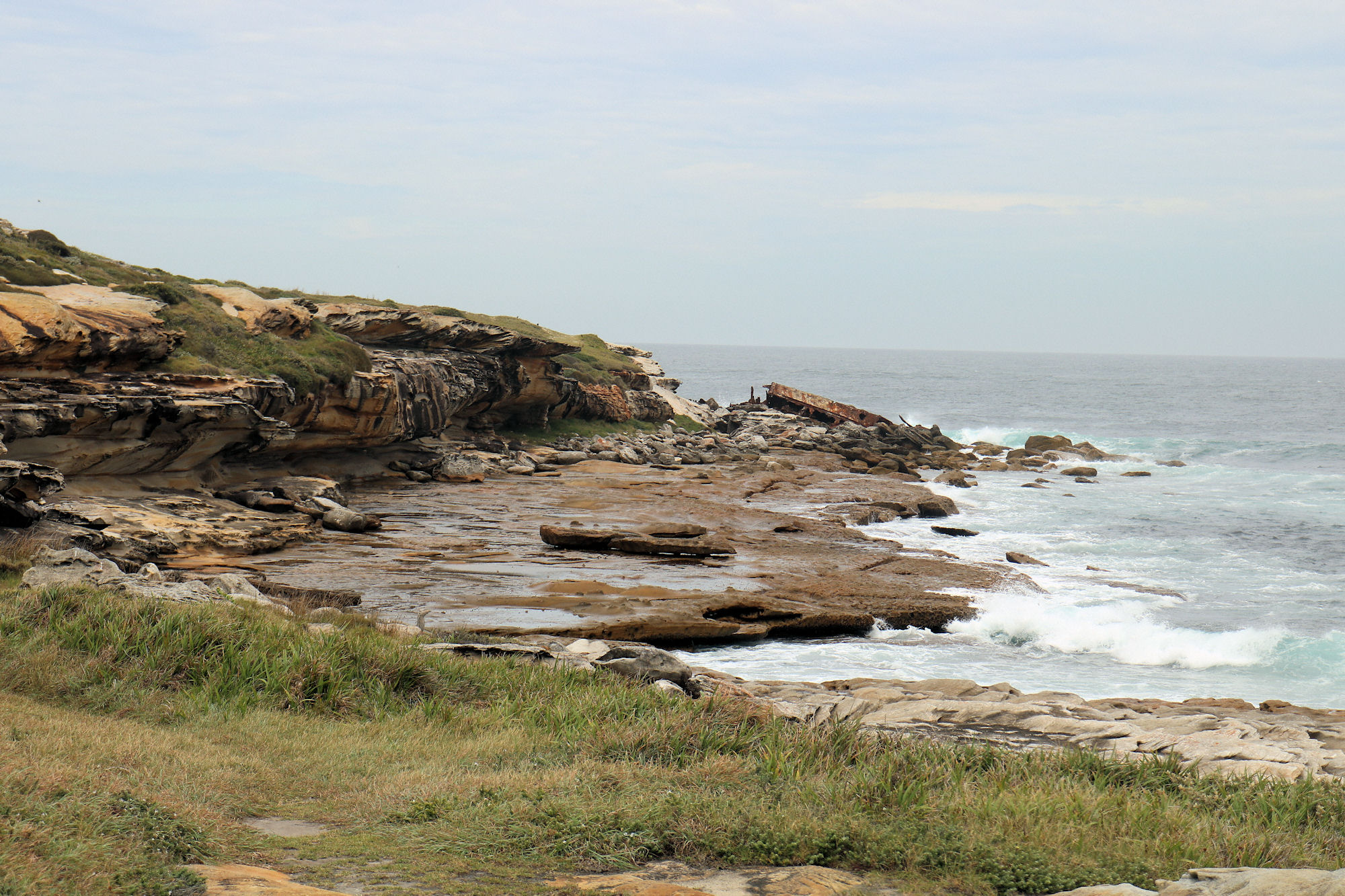Category: Ruin
Ruin
-
Sawmillers Reserve on Sydney Harbour

Sawmillers Reserve on Sydney Harbour Located in the Sydney suburb of Waverley, Sawmillers Reserve is a beautiful park with an industrial heritage. For 100 years from 1880, the area housed a sawmill, but is now a leafy park on Sydney Harbour. Not only are remnants of the sawmill visible, but a ship wreck sits on… Read more
-
Hill End Historical Gold Mining Town

Hill End A gold rush in the 1870s turned Hill End from a small rural village into one of the largest inland towns in New South Wales. When the boom finished, the town reverted back to a small village, however unlike other boom / bust towns many of the historic buildings remain. Now heritage listed,… Read more
-
Cape Banks Botany Bay National Park

Cape Banks Getting There We drove to Cape Banks and parked near the pistol club and helicopter base. This large car park has plenty of space, so parking shouldn’t be a problem. Cape Banks Walking Track The Cape Banks Walking track runs past the Westpac Lifesaver Helicopter Base towards the coast. On the way you… Read more